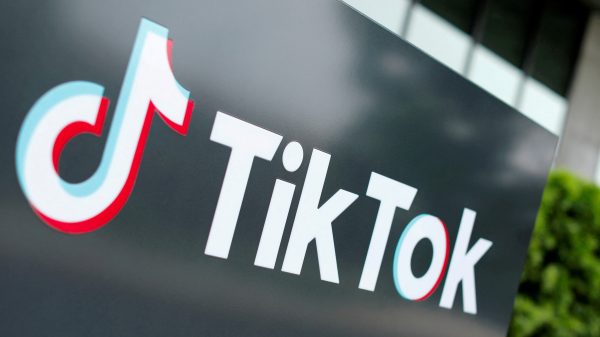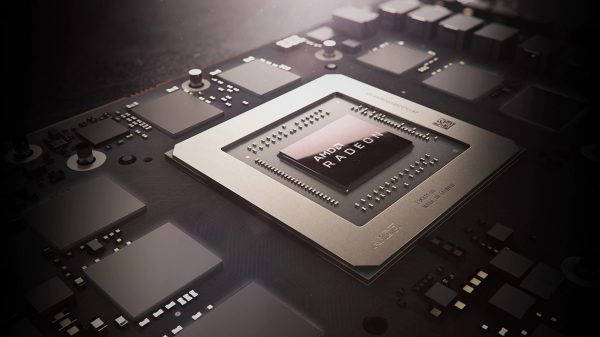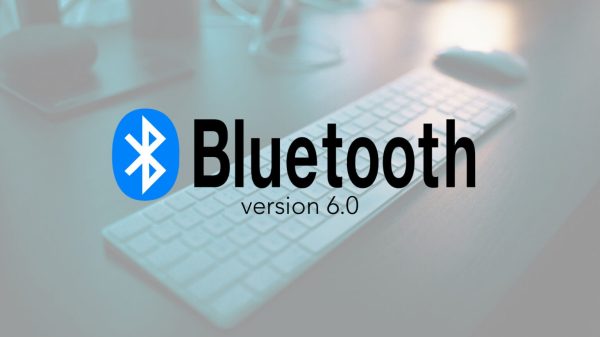Google’s decision to offer the Pixel 9 Pro Fold in only two color options—black and white—while playing it safe from a business perspective, highlights a larger trend in the smartphone industry. Unlike the base Pixel 9 and Pixel 9 Pro models, the foldable version sticks to monochromatic colors, a strategy that many manufacturers follow for high-end devices.
This raises questions about why bold and fun colors are often reserved for lower-priced phones while pro-level devices, which are now increasingly popular among consumers, remain limited to neutral hues. This approach is largely driven by concerns about inventory management and consumer tendencies to protect expensive devices with cases.
The longstanding dominance of black and white colorways dates back to the original iPhone in 2007, and these colors remain staples in smartphone design.
A recent CNET survey of 1,000 US consumers showed that 48% of pro phone users would consider black for their next device, followed by silver and gray, while vibrant colors like green, red, orange, and yellow ranked lower in preference. Manufacturers are not only responding to consumer demand but also facing supply chain limitations when it comes to offering a broader range of colors for premium devices.
Google’s Monochromatic Pixel 9 Pro Fold Reflects a Broader Trend in Smartphone Color Choices
Consumer demand for pro-level phones is steadily growing, and manufacturers are responding by focusing on this segment. When Apple launched the iPhone 11 Pro in 2019, it accounted for 30% of iPhone sales, a figure that has since grown to 45% with the iPhone 15 Pro models.
Despite this shift toward more expensive phones, manufacturers like Apple and Google have kept their pro devices limited to refined, muted color options. For instance, the iPhone 15 Pro comes in shades like white, black, silver, and navy blue, while Google’s Pixel 9 Pro lineup sticks to a conservative palette with only slight variations.
While manufacturers have occasionally experimented with customization options in the past, such efforts have largely fallen flat. Motorola’s Moto Maker program and Samsung’s Bespoke editions aimed to offer greater color flexibility but were limited in scope, with most purchases happening directly through manufacturers rather than carriers.
Carriers tend to avoid stocking bold colors, making it harder for consumers to find these options in retail channels. However, smaller foldable phones like the Motorola Razr have seen manufacturers introduce more vibrant color choices, as these devices are often viewed as fashion statements.
Despite limited color options, manufacturers like Google offer alternative ways for consumers to personalize their phones through cases. The Pixel 9 Pro Fold, for example, comes with case options in colors like pastel green (called aloe), in addition to the basic black and white cases.
With such a high percentage of phone owners using cases—87% among iPhone users—many consumers prefer to customize their devices with cases instead of demanding more color options from the manufacturers.
This trend parallels the automotive industry, where luxury cars are often seen in bold colors, but the majority of vehicles on the road are black, white, or silver, suggesting that consumer preferences for muted tones are not exclusive to smartphones.








































